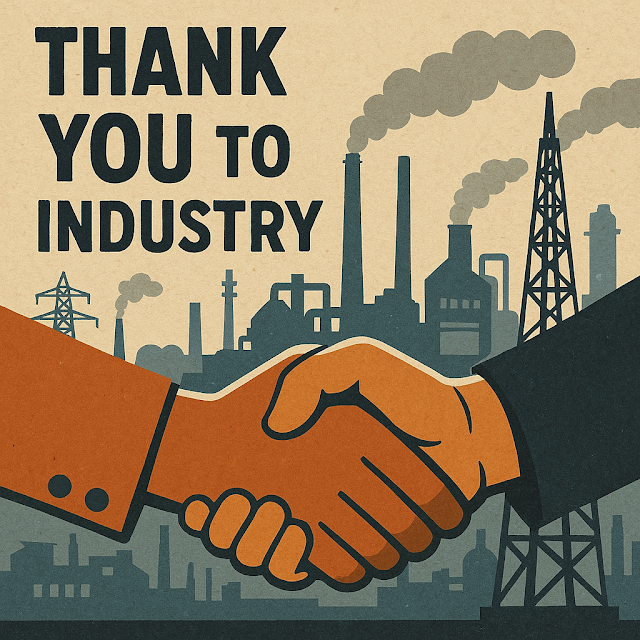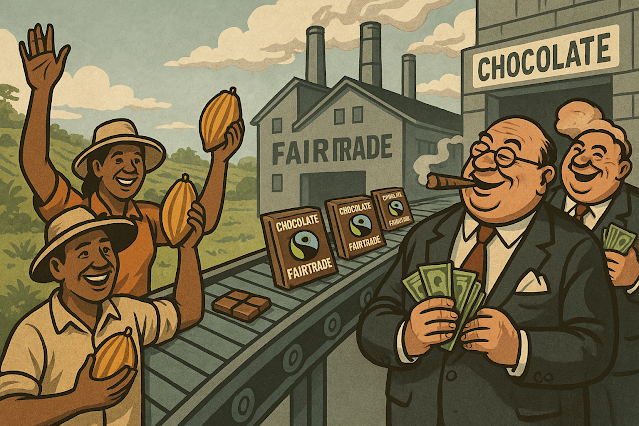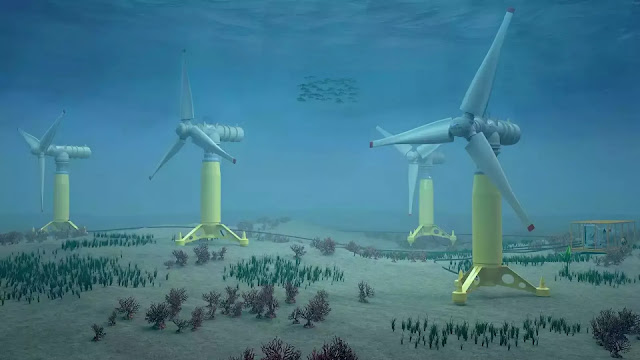The UK exported 8,500 tonnes of pesticides last year that are banned on British farms because of the dangers they pose to human health and nature, a new investigation by Unearthed and Public Eye has found.
The shipments, described by campaigners as “the ultimate hypocrisy”, included thousands of tonnes of a weedkiller prohibited in the UK because of the high risk it poses to people living near fields where it is sprayed.They also included enough of the notorious banned bee-killing insecticide thiamethoxam to spray an area bigger than England. In response to the findings, politicians and experts called on the Labour government to follow the lead of some European countries and take action to stop these exports.
“It’s deeply shocking that UK-based companies are shipping these most dangerous and deadly pesticides overseas where they can do huge harm to people and the environment despite being, rightly, banned here,” said Siân Berry, Green Party MP for Brighton Pavillion. “And it is beyond belief that this is apparently happening lawfully.” She added: “Our government cannot continue to permit this kind of exploitation.”
Under British law, when a pesticide is banned, the ban does not extend to its production or export. This leaves companies free to keep manufacturing these products in the UK to be sold in countries with weaker regulations.
By far the main beneficiary of this freedom is a single company: the Swiss-headquartered, Chinese-owned agrochemical giant Syngenta. This multinational was responsible for 98% of the banned pesticides exported from Britain last year, documents obtained under freedom of information laws show.
Farmers in Brazil told Unearthed and Public Eye, a Swiss NGO, how they experienced symptoms including tremors, temporary paralysis, and permanent eye damage after being accidentally exposed to one of those pesticides – the Syngenta-produced weedkiller diquat, which became the UK’s biggest banned pesticide export for the first time last year. More of this article (UNEARTHED) - link - more like this (pesticides) - link - more like this (Brazil) - link





















-modified.jpg)
